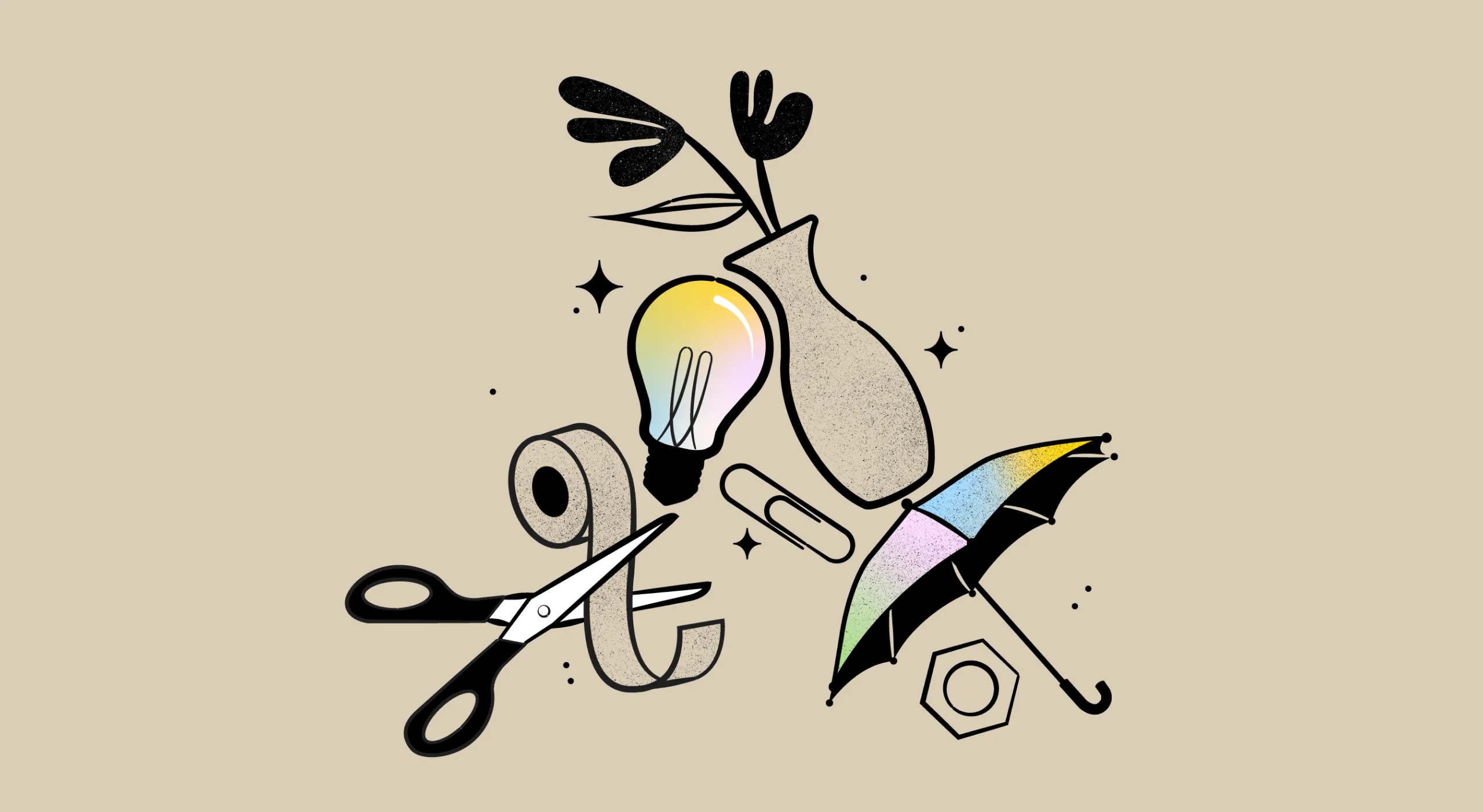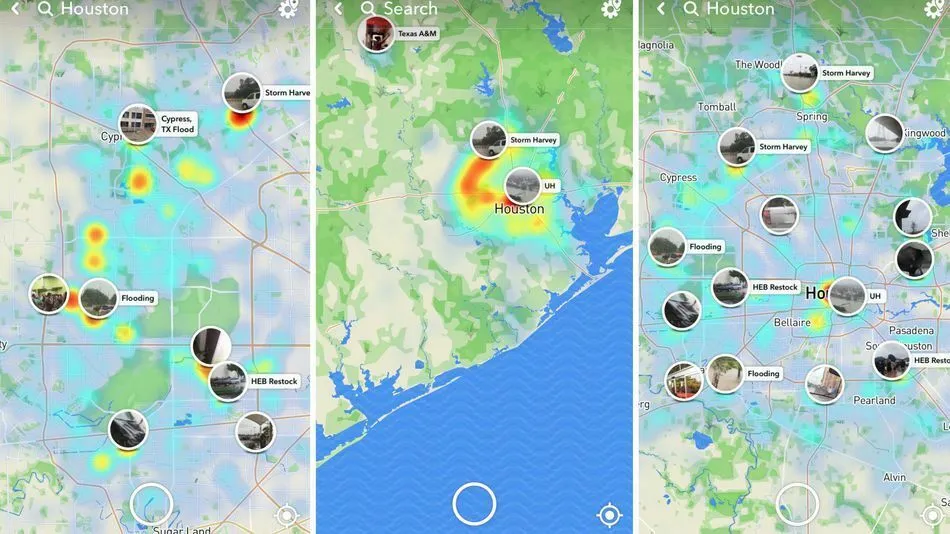Business as usual in unusual times
The COVID-19 global pandemic is huge and unprecedented. We don’t know the extent of the economic impact. It’s hitting each organisation differently, some are more at risk than others, but we will all be affected. Some organisations are dealing directly with the crisis, trying to rapidly find new ways to deliver services to those in need. Some organisations are completely unable to function under lockdown, either closing down or going into stasis until the whole thing blows over. Others still are trying to figure out how to ‘stay calm and carry on’ continuing with business as usual under extreme circumstances.
For those of us lucky enough to be able to continue working, we face an anxiety-inducing question. How do we use creativity to address the new and emerging needs of clients, citizens, users and vulnerable groups while also minimising the economic risk inherent in innovation? What does innovation look like in a time of crisis?
One answer is an approach and a mindset we are calling Unnovation.

What is 'Unnovation'
Defining Unnovation requires a few more definitions. These definitions are nested like Russian dolls, so bear with me for a moment.
First off, creativity.
Creativity is connecting two previously disconnected things to create something new.
Innovation is practical creativity.
That is, in contrast to artistic creativity, innovation uses creativity to solve business, social or environmental problems. Much innovation, especially in the tech space, involves emerging technologies in search of use cases. New technology plus new use case equals innovation. But the newer the technology, the higher the risk and the higher the investment.
Introducing Unnovation
Unnovation is thinking laterally to solve new and emerging problems with existing and widely adopted technology, platforms and systems. Really it's a mindset, a willingness to ignore the shininess of the new and look to the tools we already have in our backyards. It’s an approach that is useful during normal times but becomes especially relevant in our current climate of economic uncertainty and anxiety.
Unnovation is not being less creative, it’s being more creative with less.
George Washington Carver, the father of Unnovation
One of the best examples of living and breathing the spirit of Unnovation is 19th century inventor George Washington Carver. One of the most prominent scientists and inventors of his time, Carver came up with over 100 inventions using what he had at hand. And what he had at hand was peanuts, lots of them. Known affectionately as the Peanut Man, Carver was a poster boy for the power of creativity within limitations. His muse — the peanut — was a goldmine of creative possibility, leading to the invention of dyes, plastics and gasoline.
“Look about you. Take hold of the things that are here. Let them talk to you. You learn to talk to them.”
—George Washington Carver
This type of creative thinking is known as divergent thinking. It breaks down to the ability to come up with many possible solutions to a problem. Psychologist J.P. Guilford created a test to measure divergent thinking that involves participants finding alternative uses for everyday objects. Commonly referred to as the paperclip test as the experiment often asks participants to quickly come up with as many uses as they can for a paperclip.
If you are curious about your own level of divergent thinking you can test yourself right now.
On a blank piece of paper write down as many uses as you can for a paperclip. Take as long as you like, the only rule is that they must all be unique.
How many did you come up with? Most people will stop at 10-15. Truly divergent thinkers will break into the hundreds.
Unnovation takes divergent creativity and focuses it on your existing tools, platforms and technologies. How can you use what you have access to right now to create new value? Unnovation means looking at your own organisation the way that George Washington Carver looked at a peanut.
Look about you. Take hold of the things that are here. Let them talk to you. You learn to talk to them.
George Washington Carver
Smart uses for dumb tech
Despite the way it is often painted in the media, innovation does not always involve emerging technology. In times of crisis, we often see novel and innovative uses of technology emerge in response to urgent needs. These hacks are little Unnovations, clever and organic responses to difficult situations.
For instance, during Hurricane Harvey, Snapchat users came up with a brilliant hack that used Snap Maps (a feature that allows you to publicly share video on a map) to keep up to date on flooding across Houston neighbourhoods. The feature went from being a fun and novel way to explore Snapchat content, to a hugely useful tool for sharing updates on the impacts of extreme weather more rapidly than traditional channels allowed. It worked because it was a platform that people were already on, not a new tool that needed to be adopted, promoted and scaled.
FCB Brazil uses video chat (a technology that we are all becoming extremely familiar with) to connect teens in Brazil who want to learn English with elderly, and often isolated citizens, in Chicago. The innovation here was a compelling value exchange for two groups, who otherwise would never come into contact. The teens needed someone to practice English with, the seniors wanted someone to talk to, as well as to feel like they are making a positive contribution to society. FBC did not develop a new tool or app to do this, they used existing video conferencing software that was widely available and adopted.
In response to COVID 19 museums and galleries are using Facebook Live to stream art to the public while they are closed during the lockdown. Some galleries are even doing tours with sign language to make gallery visits more accessible to deaf and hearing-impaired patrons. The streams keep institutions connected with the community by tapping into the museums’ large existing Facebook followings.

Principles of Unnovation
Solve a real need
Innovation can be found through taking technology in search of a use case or market fit, but not Unnovation. Unnovation is about solving real, emerging needs using what you have at hand. In this time of crisis, we all want to help, but we need to ensure that anything we put out into the world is truly useful and directly addresses a real need.
Keep it simple and focused
There is a lot of noise right now, it can be overwhelming. Unnovation should simplify, not add to the noise. This means being pure in your vision, and clear with your value proposition. It also means not duplicating what’s already out there.
Seek out hacks
The cases described above are great examples of technology hacks that take a piece of technology and use it in a new way that it wasn’t intended for. Look for ways that your customers, users or employees are creating hacks to help you identify unmet needs. This requires a degree of attention and playfulness.
Think like a 6-year-old
Kids are naturally divergent thinkers because they haven’t yet learnt to self-censor and judge their ideas. To a child, that toilet roll is a rocket, a telescope or a hat. As we grow older, our inner critic deflates this imaginative potential. So suspend your inner judge, don’t look for ways that your idea will fail, look for ways to build and improve on them.
Design for the extremes
Designing for the extremes is a good practice during the best of times, but it is especially relevant during times of crisis. The logic goes, that if it works for the users in the most extreme circumstances then the solution should scale-up to meet the needs of everyone else. As services and systems move to digital, designing for those with low digital literacy, or a lack of access to fast and reliable internet first will help ensure that you don’t further exclude those most at risk.
Share impact
Your Unnovation may simply be creating new connections for your community. As exemplified in the FCB Brazil case study, sometimes value can be created by helping people help each other. Use your network to bridge gaps. Rather than replicating what other organisations are doing or competing over the same audience look for ways to partner and grow your shared impact.
Rely on ubiquity
Accessibility means more than inclusive design practices, it means using technology and platforms that people have easy access to. Unnovation should never require a user to acquire new hardware or software. Go where people are. Use platforms where people congregate naturally. Use channels that you know people have access to. Does it need to be an app? Maybe it’s a website, or a google sheet, or a text message. Does it need to be a forum? Maybe it’s a Facebook group or a Reddit thread or a tweet.
Launch your prototype
Move fast and make things. Think of your launch as a prototype, it doesn’t need to be perfect, it just needs to be useful. Get it out there quickly, and improve as you go. Acknowledge that it isn’t going to be perfect, and set aside time to fix things and ‘do it properly’ when the dust settles.
When Unnovation is not the answer
This mindset is not a silver bullet. Problems come in different shapes and sizes. Some problems call for innovation, new solutions to new problems, and some call for optimisation, known solutions to known problems.
As we transition into this period of remote working and digital service provision, we may start to notice the digital systems that supported face-to-face interactions buckle under the strain.
Unnovation will not fix a flawed foundation, it may create a stopgap to solve the immediate need while you bring your digital experience up to meet baseline expectations. But ultimately strong digital infrastructure and service delivery is only going to get more important the more we rely on connecting through technology. Traditional design processes will still work best for optimising towards best practice digital experiences.
How to get started
Start by taking stock of where you and your organisation are at. What new needs, if any, does your community have? What existing platforms, processes and partnerships could you leverage to solve those needs? Identify emerging needs by looking at how your customers and employees are hacking your current systems to work for them. Try things out. Ask ‘how can I help?’
Some of the challenges we’re seeing are;
- Staying connected with staff and users
- Creating fair and consistent policies and review processes for customers who can no longer afford your product
- Keeping information up to date and reliable in a rapidly changing landscape
- Supporting members and users when face-to-face is no longer an option
- Finding new ways to fundraise and use volunteer capacity
- Running community consultation digitally
- Connecting with customers and colleagues with poor internet connection, digital literacy and access to devices
- Maintaining company culture remotely
- Continuing to deliver essential services in a climate of anxiety and confusion
Divergent thinking is near impossible in situations of high stress, so be kind to yourself and others. Stay safe, stay connected and stay creative.
To talk more about innovation, unnovation and everything in-between, reach out to us at Today .
